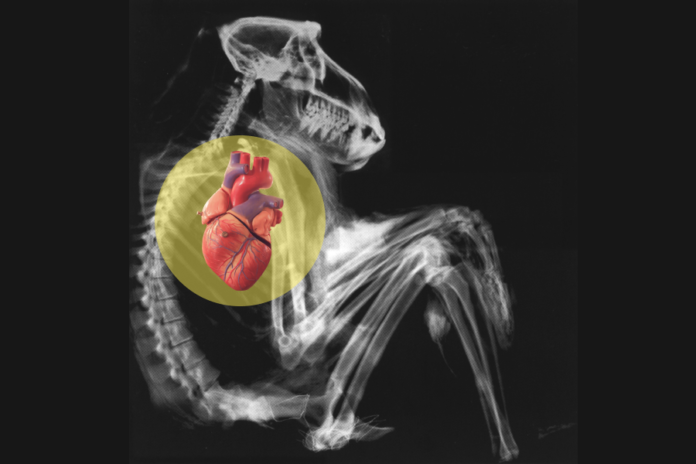This study serves a potential model for Alzhiemer’s disease and depression
By MONICA MANMADKAR — science@theaggie.org
According to a study published on April 11 by the Proceedings of the National Academy of Sciences, rhesus monkeys are able to perceive their own heartbeats.
Researchers from the California National Primate Research Center at the UC Davis and Royal Holloway, University of London teamed up to create the first animal model of interoception. Interoception is the perception of sensations inside the body by your brain, such as the ability to acknowledge when your heart races.
The findings in the study help provide an essential foundation for future research in psychiatric and neurological dysfunctions that are associated with anxiety, depression and Alzhimer’s disease.
“I’ve been interested in interoception for ages — my first published empirical paper (in 2004) was on interoception and emotional experience in humans,” said Eliza Bliss-Moreau, an associate professor in the Department of Psychology, via email.
Bliss-Moreau’s lab works to understand the neural mechanisms of affective processes and interoceptive processing. In order to understand the neural mechanisms of interoception, the researchers need to show that it can be indexed in monkeys through a similar process that is already in humans.
The team started with monitoring four rhesus monkeys who were placed in front of an infrared eye tracker which displays stimuli in sync with the monkeys’ heartbeats. Through this experiment, the researchers were able to present behavioral evidence that the monkeys were able to detect their own heartbeats and have an interoceptive sense, just like humans, said Joey Charbonneau, a third-year Ph.D. candidate in the department of psychology.
“We show that monkeys have an interoceptive sense of their heart beats that is similar to what is observed in infants,” Bliss-Moreau said via email. “Both monkeys and infants look for longer and stimuli that are not in sync with their heart beats, compared to stimuli that are in sync with their heart beats.”
While the study allowed the researchers to understand what interoception looks like with both monkeys and infants directly, the overall takeaway was looking into the evolutionary background of interoception. Moreover, the researchers could then choose other traits that are also interoceptive based on this study’s results.
“This study really helps us understand what the evolution of interception looks like and we can say that long ago monkeys were able [to] make that detection on a moment by moment basis based on their heartbeat,” Charbonneau said.
Charbonneau explained how this study may help the researchers understand when this trait evolved and determine what models are accurate to compare in the lab. He discussed how interoception is extremely important for emotion regulation and mental health in adults; however, researchers still don’t know much about this.
Deficits in interoception have been linked to neurodegenerative disease, which would allow this study to be used in future research about understanding how the brain and body functions. Although the study is not a specific model for depression, understanding the neural mechanisms of interoception may help researchers understand the neural mechanisms of mood disorders.
Looking to the future, Bliss-Moreau said that the next immediate step is to test more monkeys and see how generalizable the effects are in a bigger sample. Charbonneau is also interested in understanding how other factors, like breathing and hunger, are seen in monkeys.
Written by: Monica Manmadkar — science@theaggie.org




